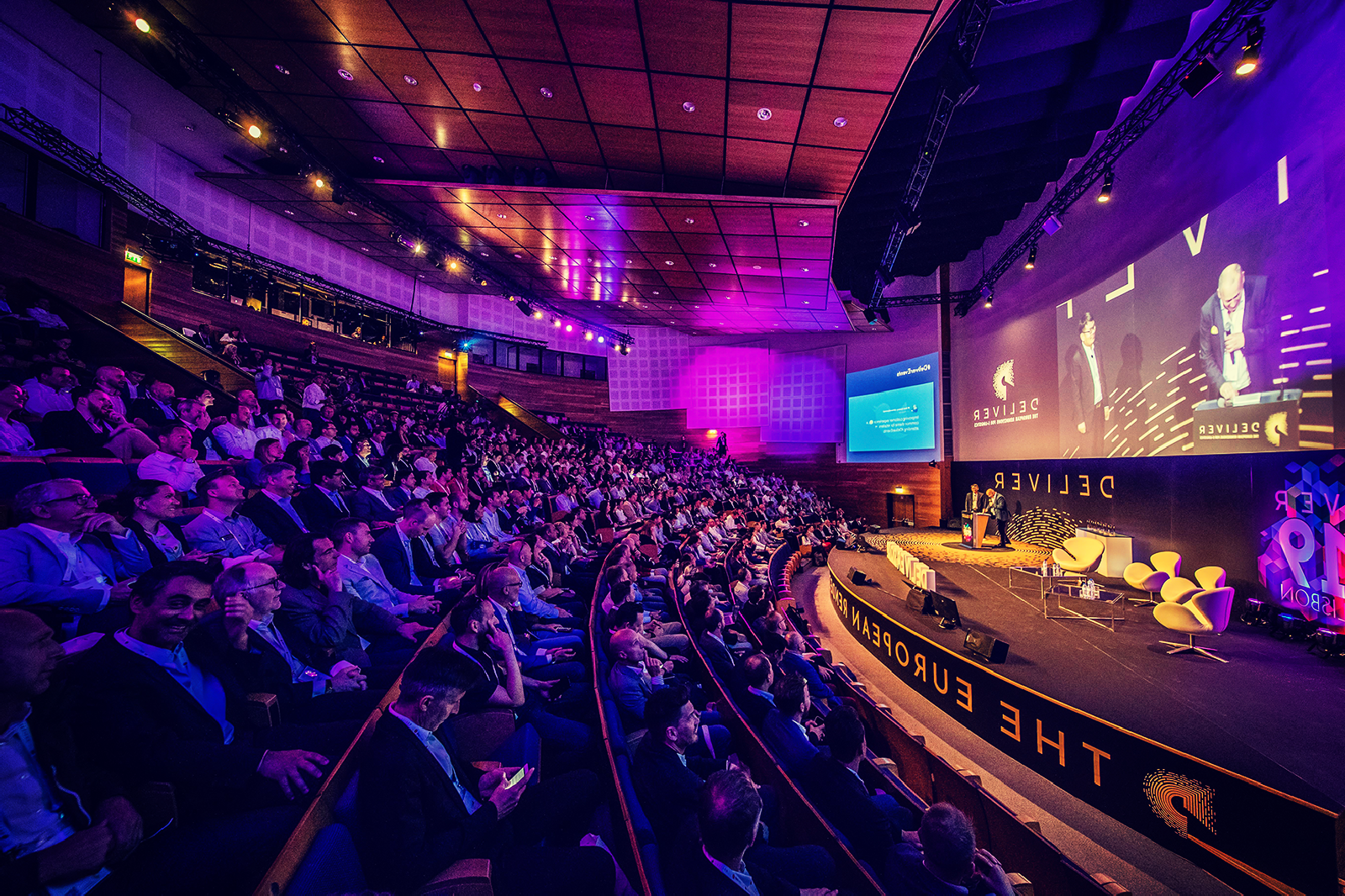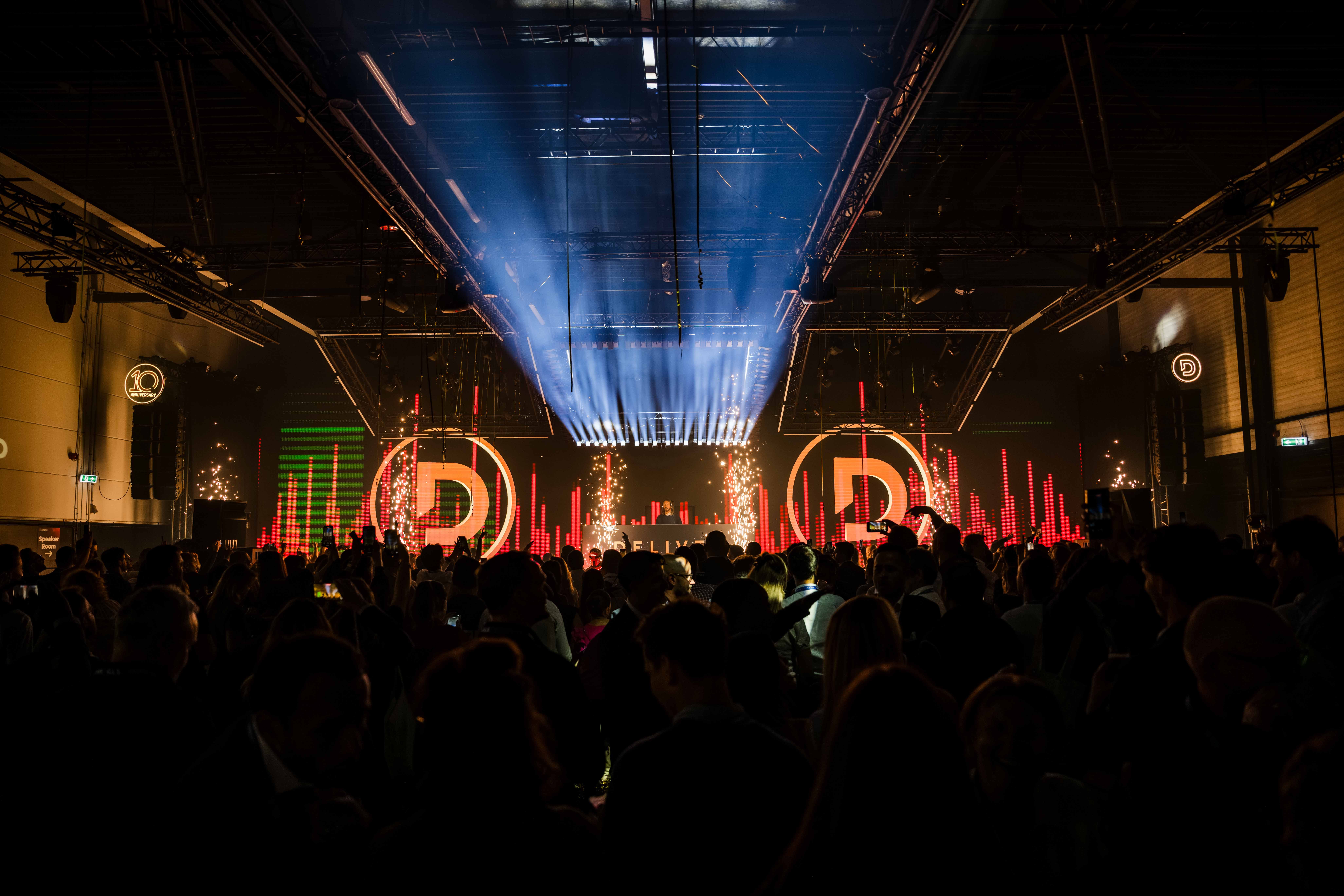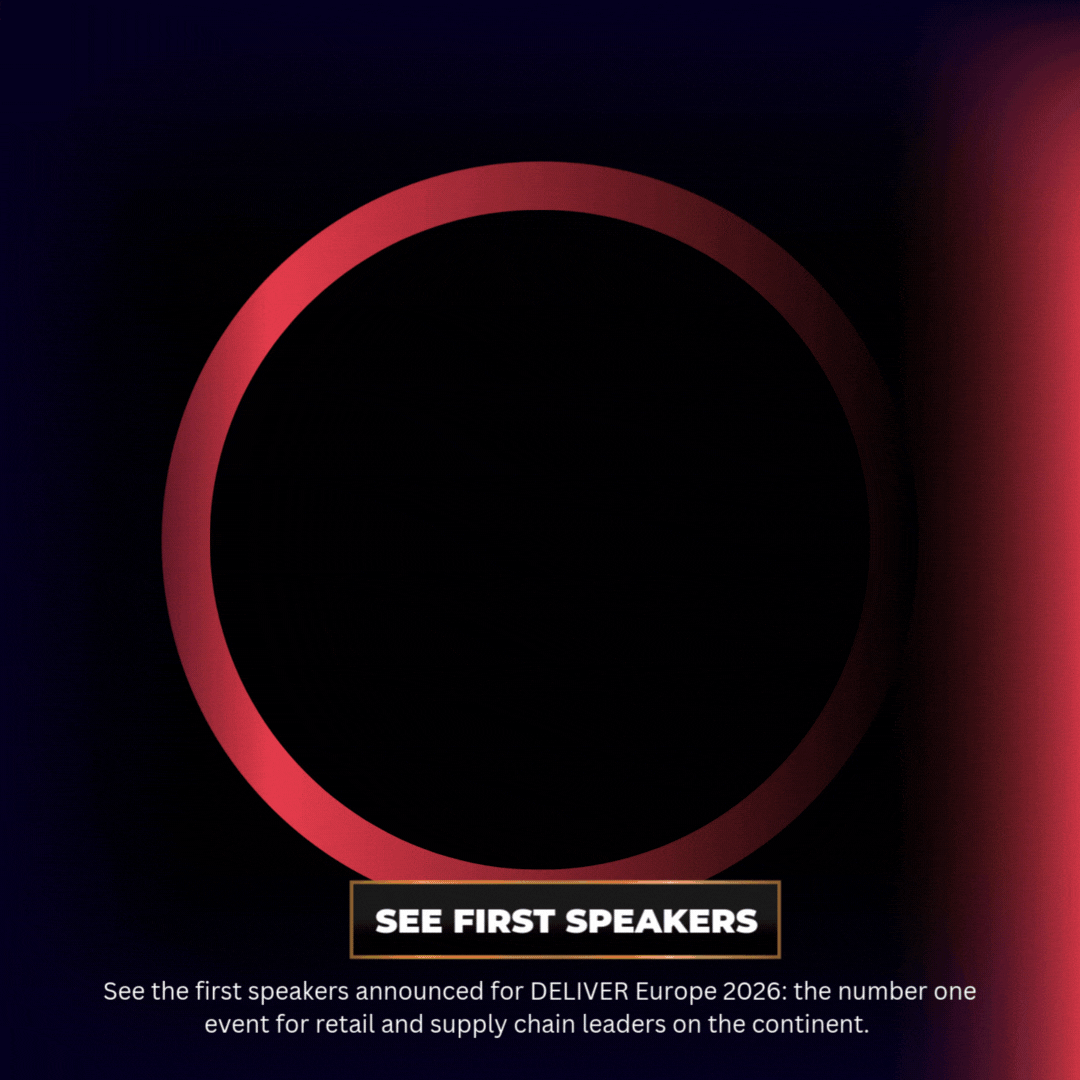From Data to Delivery: DHL, Parcel Perform & HubBox Explore the Future of Ecommerce Logistics
DHL returned to DELIVER Europe 2025 to unveil the fourth edition of its Online Shopper Survey, a comprehensive data set drawn from thousands of consumers. This year’s report, launched exclusively at the conference, sheds light on shifting preferences around delivery models, trust in cross-border purchases, and the evolution of social commerce — all of which carry profound implications for retailers.
The session brought together DHL's Alexander Schmitz-Hübsch and Ryan Hunter, Dana Van Der Heide of Parcel Perform, and Sam Jarvis from HubBox. Together, they dissected the report's seven key findings and tackled how delivery, checkout optimisation, returns, and sustainability are being reshaped by consumer expectations.
Delivery Options Still Drive Conversion
A staggering 81% of online shoppers abandon their cart if their preferred delivery option isn’t offered. This stat underscores the strategic role of delivery — not just as a fulfilment service, but as a conversion lever. HubBox CEO Sam Jarvis cautioned that surveys often reflect consumer aspirations more than behaviours, but the trend toward Out-of-Home (OOH) delivery remains unmistakable. In Europe, 35% of shoppers now prefer parcel lockers or shops.
Ryan Hunter stressed the opportunity for retailers to move from simply accelerating delivery to delivering with consistency and control. Dana Van Der Heide echoed that sentiment: "Shoppers want reliable delivery — not just fast, but predictable and visible." In markets like the Nordics, certainty of delivery date outweighs carrier brand.
Cross-Border Trust is Now Paramount
Cross-border ecommerce is up four percentage points since the last survey, with 59% of global shoppers making international purchases. But seven in ten will only buy from countries they trust. Schmitz-Hübsch cited this insight as critical: "We must now think of country-of-origin trust almost like brand equity — it's a new consumer filter."
To bridge that trust gap, Parcel Perform advocated for full visibility throughout the journey, especially between order confirmation and the first local tracking update — a window where customer anxiety is highest. Sam Jarvis noted that the rise of ultra-low-cost platforms has likely contributed to growing fear of fraud, highlighting the importance of transparency and delivery reliability.
Social Commerce and Subscriptions on the Rise
Social commerce is fast becoming the dominant channel. Seven out of ten shoppers globally have made purchases via social media, with many expecting it to become their primary shopping method by 2030. This trend, combined with the rise of delivery subscriptions (already used by 34% of surveyed shoppers), signals a shift in how and where retailers must meet their customers.
But these models come with complexity. Delivery subscriptions often increase returns unintentionally, unless carefully managed. "Free delivery drives conversion, but free returns must be designed intelligently," said Jarvis. Differentiating delivery from returns — and pricing them accordingly — is a key lesson.
Returns Management: From Frictionless to Strategic
While the industry has focused heavily on making returns easier, Jarvis argued that enabling more returns isn’t always the right goal: "We’re building better stretchers, not better medicine." The panel agreed that smarter use of returns data — such as changing dropdown menu behaviour to avoid habitual responses — can cut avoidable returns and improve profit margins.
Dana Van Der Heide also highlighted how predictive insights and pre-alerts can prepare warehouses for incoming returns, increasing operational efficiency while reducing customer support costs.
What’s Next: Smart Lockers, Open Networks, and AI
The session closed with an exploration of emerging trends in delivery infrastructure and AI. The group discussed the potential of shared locker networks, smart lockers with image-based location previews, and AI-driven tracking that can anticipate delays and proactively notify customers. Sam Jarvis also warned that as checkout moves into social platforms and closed ecosystems, the industry must re-learn how to optimise the final stages of the customer journey.
In a landscape where trust, visibility, and flexibility define customer loyalty, logistics is no longer a back-office function — it's a brand touchpoint. This session proved that the road from data to delivery is one of ecommerce’s most critical journeys.



